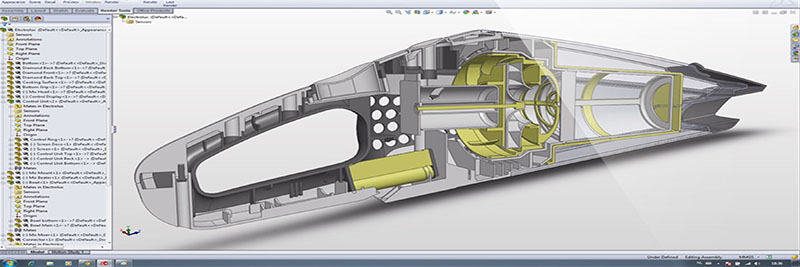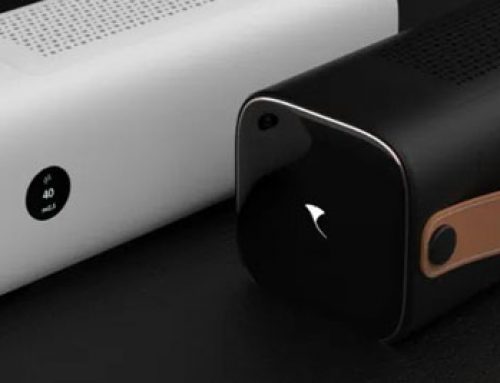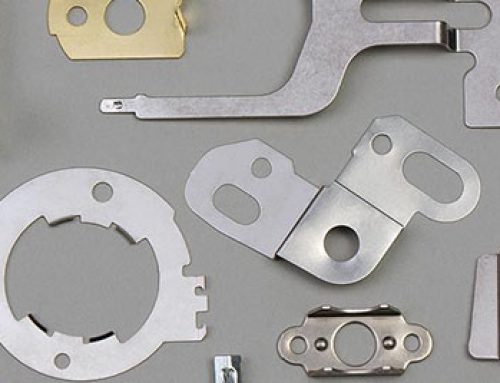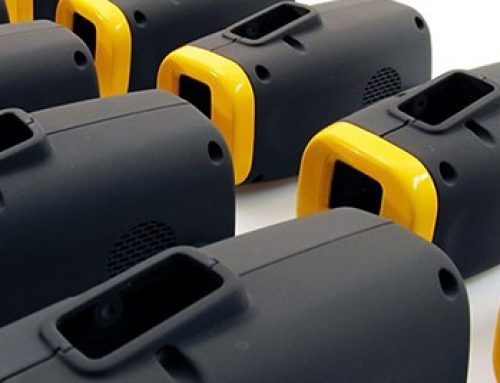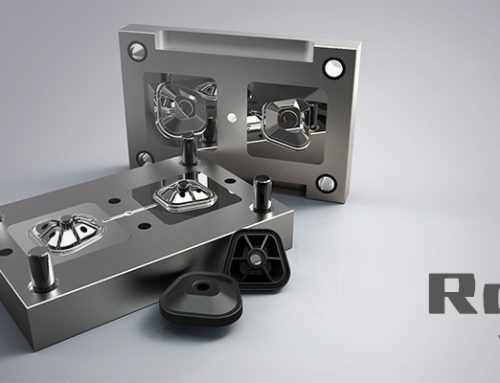General principles of product structure design
The general principle of product structure design is the basic ideas and rules to be followed in the product structure design. These basic rules make the product structure design more reasonable. Whether it is a plastic product or a hardware product, the general principle of product structure design includes reasonable selection of materials and selection of reasonable Structure, simplify the mold structure and cost control as much as possible.
Reasonable selection of materials
All products are made of materials. When designing a product, the first consideration is the selection of materials. Materials not only determine the function of the product, but also determine the price of the product. How to select materials reasonably?
- Choose according to product application place
Different application places have different requirements for product materials. Let me give a few examples to illustrate.
If it is a daily consumer electronic product, the product material should be made of material with good strength, easy surface treatment, not easy to oxidize and rust, not easy to wear, and easy to form. For example, use PC, ABS, PC+ABS, etc. for plastic materials, and use metal materials. Stainless steel, aluminum, zinc alloy, etc. If used in the food industry, the product materials should be non-toxic, odor-resistant, low temperature, high temperature resistant, or even color-free materials, such as PET for beverage bottles, PP and PE for food packaging bags, and PP for drinking cups. , PC, etc.
- Choose according to the market positioning of the product
Before designing a product, the market positioning of the product will also affect the selection of materials. The quality of products is divided into high-end, mid-end and low-end products. Products of different grades correspond to different markets. For high-end products, choose the best in the selection of materials. For mid-range products, the material properties are acceptable. For low-end products, the material selection should reduce the cost as much as possible.
If it is also a mobile phone product, some limited edition high-end mobile phones are expensive in the selection of product materials, and the selection of materials reflects the aristocratic identity of the product as much as possible, such as gold or carbon fiber materials on the shell. Some mid- and low-end mobile phone products have very different materials. Most of the middle and low-end mobile phone shell materials use PC+ABS, and some low-end mobile phones directly use ABS.
- Choose according to product function
The product function is different, the material selection is also different. Some products have sports functions, and sports will inevitably bring about wear. Therefore, wear-resistant materials must be considered in the selection of materials. There are many wear-resistant materials. For example, most metal materials are generally wear-resistant, and wear-resistant plastic materials such as PA ( Nylon material), POM, rubber materials such as natural rubber, etc. 4) Choose according to company requirements.
Every company has its own suppliers, including material suppliers. For the same product, there are several materials that can meet the product design requirements, and the prices are different. Which material to choose must be considered in accordance with the actual situation of the company. The final material selected is not necessarily the cheapest, but Communication with suppliers may be the best.
Choose a reasonable structure
Product structure design is not as complicated as possible. On the contrary, under the premise of satisfying product functions, the simpler the structure, the better. The simpler structure is easier in mold making, and the simpler structure is easier in production and assembly. The fewer problems. Take an example to illustrate: the commonly used fixing methods in structural design include screw fixing, buckle fixing, double-sided adhesive fixing, hot melt fixing, ultrasonic welding fixing, etc. How to choose these fixing methods? Generally speaking, screw fixation is the most reliable and detachable, so it should be preferred; buckle fixation is convenient and simple, but the fixation reliability is not high, and can be combined with screws; double-sided adhesive fixation, hot melt fixation, etc. are used in specific places , Select if necessary.
Excessive structure is not allowed in product structure design. Excessive structure means wasted design time, increased difficulty in mold processing, and wasted material. When designing the product structure, the required structure must be made, and the dispensable structure must not be made. Every structure made must be useful, including every buckle, every reinforcing rib, etc.
Try to simplify the mold structure
After the product design is completed, a mold is required to form it. When designing the product, it is necessary to ensure that the product can be manufactured through the mold. No matter how reliable the product structure is designed, the mold cannot be realized or is difficult to realize is an unqualified structure. As a structural engineer, you must have a certain understanding of the mold, and understand the basic structure of the mold, the molding method of the product, and the way of ejecting the mold. Only in this way can you simplify the mold structure as much as possible during product design.
Take an example to illustrate: mold undercut is a structure that affects the normal ejection of the mold. The mechanism to solve the undercut on the mold usually uses sliders (commonly known as row positions) and inclined tops, but this will increase mold complexity and mold manufacturing costs. When designing the structure, try to deal with the part where the mold is undercut, so that the product can be ejected normally.
Cost Control
Cost is the core part of a product. The level of cost determines the profitability of the company to a large extent. Cost control starts from the beginning of product design. When designing the product structure, the following aspects should be achieved in terms of cost.
(1) When selecting materials, under the premise of satisfying functions, try to choose low-priced materials.
(2) When modeling the product shape, try to reduce the number of parts under the premise of satisfying the appearance.
(3) When designing the product structure, try to simplify the structure as much as possible to save mold costs.
(4) When designing the product structure, choose an appropriate fixing method to save production and assembly costs.
(5) In the surface treatment of the product, according to the product positioning and appearance requirements, adopt appropriate surface treatment methods to save processing costs.
(6) In terms of supplier selection, choose a manufacturer with strong technology, good communication and cooperation, and the best price. The supplier’s strong technology can avoid errors in the production of parts that cause repeated modifications and waste of time. Good communication and coordination are easy to communicate and facilitate work, which can save costs.
(7) Effectively manage and control the development progress of new products, shorten project time as much as possible, and save time and cost. If the project time is extended, it will not only delay the delivery date, but will also compensate the liquidated damages, which will outweigh the loss.
(8) When designing the product structure, if the company has stock materials, they should try to share them. Inventory materials are surplus from the company’s previous product production, if not used, it will cause waste. The prioritization of these materials in structural design will allow these stock materials to be reused in production, which is also a way to reduce costs.
WeLink Industry has 10 years experience in rapid prototyping China, injection mold China and plastic injection molding. If you have any problems in design or manufacture a product, contact us.


